Suicide Squad: Kill the Justice League review - Fish out of water
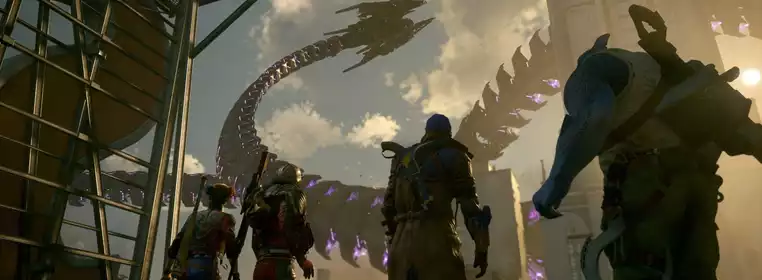
The Hall of Justice is one of DC Comics' most iconic locations. The home of the Justice League is a symbol of hope, peace, and the power of working together. In Suicide Squad: Kill the Justice League, it's been retrofitted to be a base of operations, stuffed with vendors, side characters, and an interactive exhibit space.
I mention this because, in many ways, the Hall of Justice in Rocksteady's latest game feels like a microcosm of what Kill the Justice League really is - it's a bizarre "game as a service" shoved into the legacy of a studio that built its own DC canon just years prior.
And yet, for all of its faults, at times I found myself grinning ear-to-ear like a Clown Prince of Crime might, thanks to enjoyable writing and surprising camaraderie between its characters. While it’s not enough to carry bland mission design and dull enemies, I hope there’s the potential for these criminal misfits to be redeemed in time.
GGRecon Verdict
Suicide Squad Kill the Justice League, live service ambitions aside, is a fun shooter that feels like the closest you’ll get to a virtual DC Comics theme park; it looks great, and it’s full of recognisable characters.
And, like a theme park, much of it feels hollow, designed by a committee for a focus group that may not even exist anymore to keep them engaged and coming back. Despite this, and like every time I've been to a theme park, I've come away feeling like I've had fun, as forgettable as the specifics may be.
Rocksteady rocks the boat
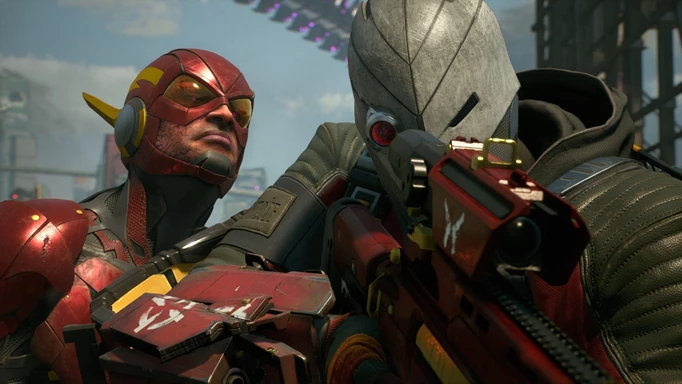
 Click to enlarge
Click to enlargeLet’s get this clear, right off the Batarang - while Suicide Squad: Kill the Justice League is linked to the Arkham universe, this is about as far as you can get from Rocksteady’s trio of Dark Knight adventures.
Longtime Arkham series fans will enjoy plenty of nods and winks to the camera, and the return of the late, great Kevin Conroy as Batman, but Kill the Justice League is something entirely new - for better and for worse.
On one hand, Rocksteady’s debut on this generation of console hardware looks great. That’s perhaps not too surprising given just how good Arkham Knight looks almost a decade since launch, but the often sun-soaked streets of Metropolis and its varied architecture look sensational.
Pulling from animated series-inspired art deco, with huge towers interlinked with monorail tracks and stitched together around iconic landmarks like LexCorp tower, it’s a DC fan’s playground, a funfair that, while not the largest open world by any stretch, remains fun to leap across.
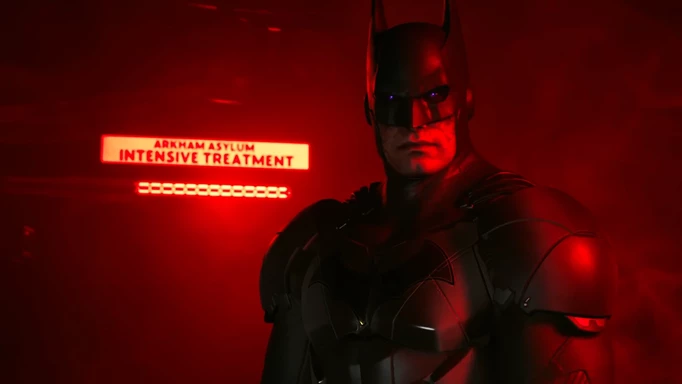
 Click to enlarge
Click to enlargeAnd, like a funfair, Metropolis feels like a facade. Much of Kill the Justice League’s missions take place outdoors, with very few feeling like curated setpieces set indoors. A necessary concession for four players, perhaps, but one that leaves each mission, side quest, or errand feeling a little less special each time as objectives recycle around yet another street or series of buildings.
The shame of that is that on the few occasions when Suicide Squad: Kill the Justice League does lean more heavily into bespoke mission design, the game really sings.
An early trip to an interactive Batman exhibit (with a sensational Arkham Knight Man-Bat reference) where the squad is picked off one by one by the Dark Knight himself had me feeling a little giddy. Alas, it was over within 15 minutes and I was dumped back onto the (admittedly pretty) streets of Metropolis.
That quarter of an hour was prime Rocksteady, leaning into DC’s characters and its own impressive craftsmanship to make for an unforgettable moment. Sadly, those moments are fewer and further between the longer Suicide Squad: Kill the Justice League progresses.
OK, Boomer(ang)
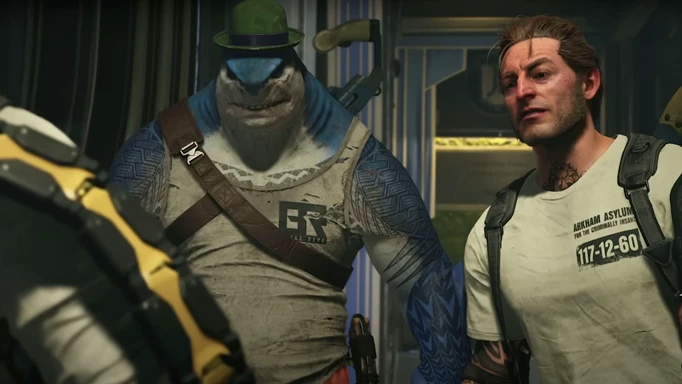
 Click to enlarge
Click to enlargeEven with its live service trappings, Rocksteady’s commitment to strong characterisation is still thankfully present in Kill the Justice League.
It’s not often you can spend a dozen hours hearing four characters bicker, but like Deadshot, the banter between our four heavily armed miscreants hits more than it misses.
Captain Boomerang evolves from being the butt of the joke for the first few hours, making him one of the more interesting members of the quartet. Harley Quinn is, as you’d perhaps expect given Tara Strong's return from the Arkham games, a treat to spend time with, showing plenty of growth from the Harley we saw in prior games.
All four of the characters have taken inspiration from James Gunn’s Guardians of the Galaxy movie more than his Suicide Squad work, and that makes King Shark a very literal Drax The Destroyer. It works, and ‘Sharko’ definitely has some of the game’s funnier moments, but it feels like more could have been done to set him apart.
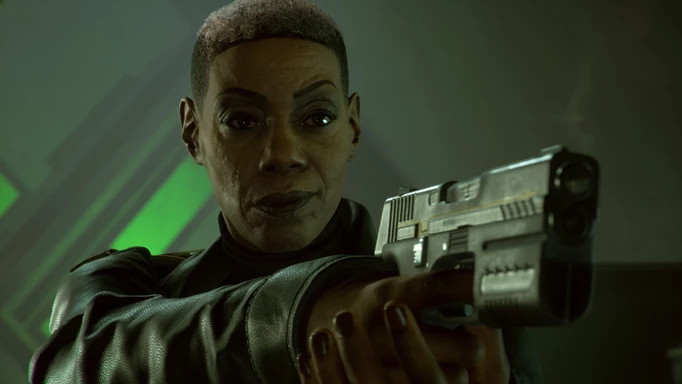
 Click to enlarge
Click to enlargeSadly, Deadshot remains a blank slate with very little to his character in the majority of moments. In fact, it’s the Justice League themselves, the metahuman hit list of our antiheroes, that end up bringing more personality than you may expect.
The Flash and Green Lantern are full of bravado and hubris, the pair acting as close to comic relief as brainwashed supervillains can. Still, it’s only fitting that Kevin Conroy steals the show on what may be his final appearance as the Dark Knight.
His evil, much more lethal Batman can be spotted throughout the city surveilling our heroes, feeding back information to the rest of the league. Despite being the only non-metahuman in the League’s ranks, he’s the scariest to encounter.
Speaking of scary, Debra Wilson’s turn as Amanda Waller further cements her as one of the most captivating video game voice actors around. She’s a force of nature, and while her banter with the titular squad gets a little predictable, her reactions as her best-laid plans come crashing down are difficult to predict.
Locked and loaded
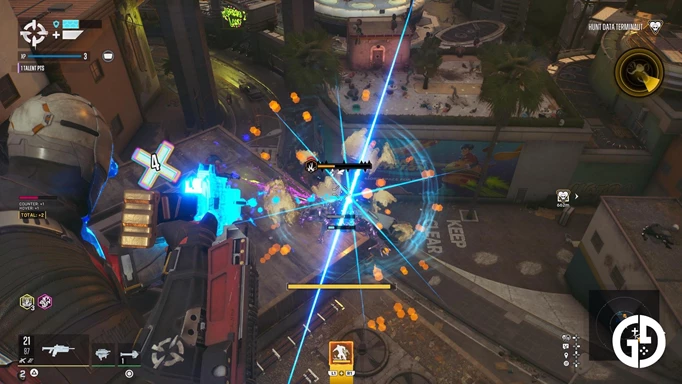
 Click to enlarge
Click to enlargeKill the Justice League wisely makes characters switchable while out in the open world, and doing so is a great way to keep things fresh. The initial taste-testing of each character, letting players try each for five minutes, isn’t a great first impression, though, serving only to tutorialise the same slightly different mechanics four times over.
Thankfully, the more combat and traversal progress, the more fun they become. At its best, Suicide Squad: Kill the Justice League sees you dashing between enemies with Captain Boomerang, grapple-hooking across the skyline with Harley Quinn, destroying enemies in mid-air with Deadshot, or turning into a Sonic-like spinball with King Shark and making the earth shake as he turns enemies to mush.
Combat and traversal are tied together, meaning it pays to stay on the move. Injuring enemies and finishing them with a melee attack when the time comes can replenish shields, giving things a push/pull akin to DOOM 2016’s introduction of Glory Kills, and things often feel frenetic when factoring in a ranged counter that feels like the last vestige of Arkham Asylum’s combat DNA, at least in theory.
Add to that excellent DualSense functionality, notably with haptics and the adaptive triggers, and you’ve got weapons that tickle the brain in just the right way.
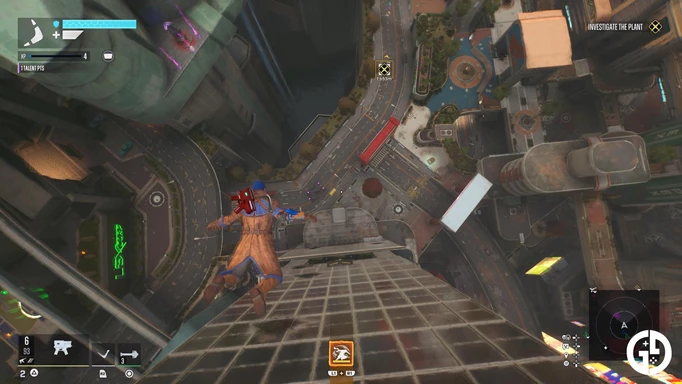
 Click to enlarge
Click to enlargeAt its worst, though, Kill the Justice League is a frustrating mix of falling off of buildings, completing the same rote objectives that the likes of Destiny grew out of back in 2017, and way too many on-screen elements at once. The squad certainly brings chaos wherever it goes, but it’s not always for the best.
As a longtime player of loot shooters, I know all too well how much time a player will dedicate to a game that feels mechanically sound, regardless of the basic setup, and I truly believe Kill the Justice League is very close to being there.
Each of the four members of Task Force X has their own traversal mechanics for getting across Metropolis, as well as unique skill trees for levelling. Sadly, Kill the Justice League makes a similar mistake to Marvel’s Avengers in making the loot chase feel more like a number climb than anything else.
Loot is uninteresting outside of higher damage numbers and percentile increases for things like critical hit chances. It feels like a setup built in a vacuum, eschewing the improvements made over nine years of Destiny, two Division games, Warframe and more that offer true build diversity.
Thankfully, most weapon archetypes do feel distinct, and the afflictions system is great in theory, but with some frustrating ‘Contracts’ and a loot pool full of generic weapons, it feels like there’s scope for plenty of tweaking on that front as Rocksteady commits to regular updates.
Infinite Crises?
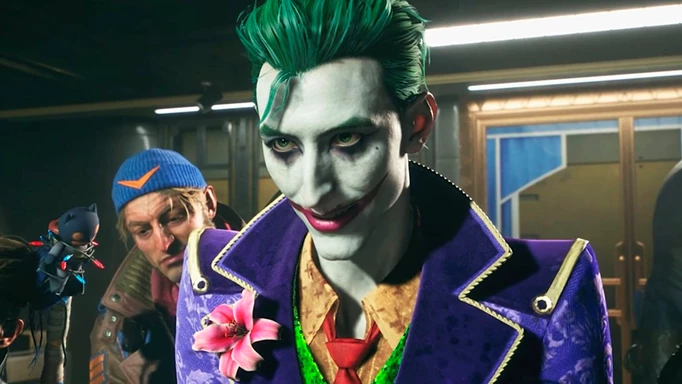
 Click to enlarge
Click to enlargeStill, after rolling credits on the campaign and looking at an endgame to-do list which offers many tougher versions of what I’ve already played, I worry Rocksteady may have to shift course with post-launch content.
For all of Marvel’s Avengers’ faults, it did eventually grow to offer its own Raid-like encounters and endgame gear. Will we be playing endgame content in Suicide Squad: Kill the Justice League? While we know The Joker is coming in Season 1, seemingly followed by more characters, I’ve not finished the campaign thinking it needs additional characters so much as it needs reasons to invest time into it.
At present, however, I can’t deny that it’s fun to knock a friend down a peg on the leaderboard and send a video of Captain Boomerang giving the middle finger.
Still, I’m left in a strange position having waited nine years since Arkham Knight. On the one hand, I find myself seeing the wider DC universe that Rocksteady has built out and thinking “This was worth the wait”, leaning on smaller side characters and surprising turns for household names alike.
On the other hand, I’m finding myself constantly torn between moments of exhilaration and feeling puzzled by design choices, often within seconds of each other.
The Verdict
Suicide Squad Kill the Justice League, live service ambitions aside, is a fun shooter that feels like the closest you’ll get to a virtual DC Comics theme park; it looks great, and it’s full of recognisable characters.
And, like a theme park, much of it feels hollow, designed by a committee for a focus group that may not even exist anymore to keep them engaged and coming back. Despite this, and like every time I've been to a theme park, I've come away feeling like I've had fun, as forgettable as the specifics may be.
3.5/5
Reviewed on PS5. Review code provided by the publisher.
